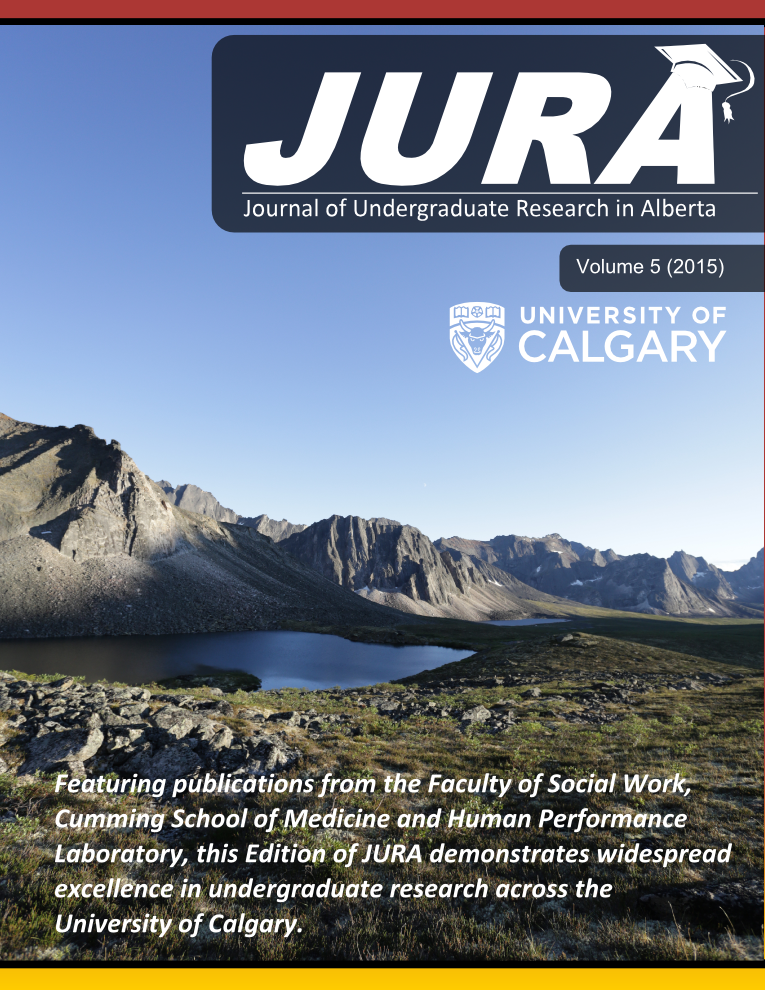Cognitive Insight in Youth at Clinical High Risk of Psychosis
Keywords:
Clinical high risk of psychosis, Cognitive insight, Attenuated psychotic symptoms, FunctioningAbstract
Introduction: Cognitive insight reflects one’s Self-Reflectiveness (recognition of dysfunctional reasoning, corrigibility) and Self-Certainty (overconfidence). In schizophrenia, lower Self-Reflectiveness and higher Self-Certainty has been associated with severity of symptoms and poor functioning. There is some evidence that lower Self-Reflectiveness and higher Self-Certainty are associated with attenuated symptoms in youth at clinical high risk (CHR) of psychosis. The present study evaluated in a CHR sample the relationship between cognitive insight and attenuated symptoms, current functioning, and evaluated change in cognitive insight at baseline and 1-month follow-up.
Methods: Twenty-four individuals at CHR of psychosis completed the Beck Cognitive Insight Scale. Attenuated psychotic symptoms were assessed with the Scale of Prodromal Symptoms and functioning with the Global Functioning Social and Role scales. A subset of the sample completed the Calgary Depression Scale for Schizophrenia. Self-Reflectiveness, Self-Certainty, and Composite Index scores were correlated with clinical and functional variables. In addition, cognitive insight levels were compared at baseline and 1-month follow-up.
Results: Trends were observed toward both increased attenuated perceptual abnormalities/hallucinations and higher Self-Reflectiveness, and increased avolition and increased Self-Reflectiveness. Cognitive insight did not significantly correlate with social or role functioning, or depression. Cognitive insight scores did not significantly differ between baseline and 1-month follow-up.
Discussion: These findings provide little evidence for a relation between cognitive insight and clinical and functional variables in CHR, and suggest that cognitive insight remains stable over a 1-month time period in our sample. These data add to a growing body of literature on cognitive insight across the schizophrenia spectrum.Downloads
References
2. S.E. Riggs, P.M. Grant, D. Perivoliotis, A.T. Beck, Schziophr. Bull. 38(2), 2012.
3. E. Bora, A. Erkan, B. Kayahan, B. Veznedaroglu, Psychiatry Clin. Neurosci. 61(6), 2007.
4. P. Pedrelli et.al, Schizophr. Res. 71(2-3), 2004.
5. J.A. Engh et.al, Schizophr. Bull. 36(4), 2010.
6. D. Warman, P. Lysaker, J. Martin, Schizophr. Res. 90(1-3), 2007.
7. Author, A. Malla, R. Joober, M. Lepage, 2009.
8. D.M. Warman, J.M. Martin, Schizophr. Res. 84(2-3), 2006.
9. T. Carse, R. Langdon, J. Nerv. Ment. Dis. 201(8), 2013.
10. C. Tranulis, M. Lepage, A. Malla, Early Interv. Psychaitry 2(1), 2008.
11. M.J. Colis, R.A. Steer, A.T. Beck, J. Psychopathol. Behav. Assess. 28(4), 2006.
12. J.A. Engh et.al, BMJ Psychiatry, 7(71), 2007.
13. J. Favord, G. Zimmermann, S. Raffard, V. Pomini, Y. Khazaal, Can. J. Psychiatry 53(11), 2008.
14. T.D. Cannon et.al, Arch. Gen. Psychiatry 65(1), 2008.
15. D. Kimhy et.al, Early Interv. Psychiatry 8(2), 2014.
16. T. Uchida et.al, Psychiatry Res. 217(1-2), 2014.
17. E. Bora, A. Erkan, B. Kayahan, B. Veznedaroglu, Psychiatry Clin. Neurosci. 61(6), 2007.
18. T. McGlashan, in The Psychosis-Risk Syndrome: Handbook for Diagnosis and Follow-up, B. Walsh, S. Woods, Oxford Univ. Press, New York, NY, ed. 1, 2010, need p.p. 179-222
19. Author et.al, 2012
20. B.A. Cornblatt et.al, Schizophr. Bull. 33(3), 2007.
21. D. Addington, Author, E. Maticka-Tyndale, 1993.
22. Author, H. Shah, L. Liu, D. Addington, 2014.
Downloads
Additional Files
Published
Issue
Section
License
Authors retain all rights to their research work. Articles may be submitted to and accepted in other journals subsequent to publishing in JURA. Our only condition is that articles cannot be used in another undergraduate journal. Authors must be aware, however, that professional journals may refuse articles submitted or accepted elsewhere—JURA included.


